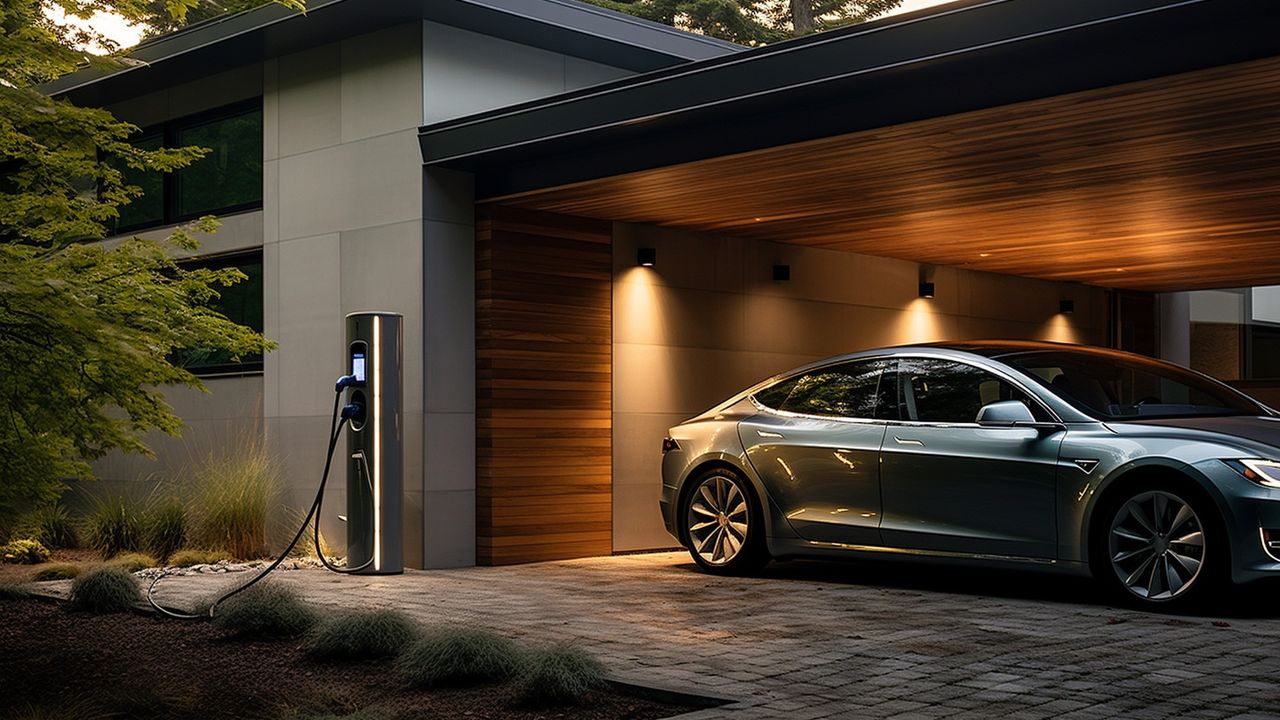The Future of Energy: Exploring Vehicle-to-Grid (V2G) Technology
As we continue to seek sustainable solutions to combat climate change, the integration of electric vehicles (EVs) into our daily lives has become increasingly popular. Not only do EVs reduce greenhouse gas emissions, but they also pave the way for innovative technologies such as Vehicle-to-Grid (V2G). In this article, we will delve into the concept of V2G technology and its potential to revolutionize the way we generate and store energy.
What is Vehicle-to-Grid (V2G) Technology?
Vehicle-to-Grid (V2G) technology is an exciting innovation that enables electric vehicles to not only draw power from the electric grid but also send excess electricity back to the grid when needed. Essentially, EVs equipped with V2G technology can function as mobile energy storage units, contributing to grid stability and balancing the supply and demand of electricity.
Traditional energy grids face challenges in maintaining grid stability due to fluctuations in energy consumption throughout the day. With V2G technology, electric vehicles can help stabilize the grid by injecting stored electricity during peak demand periods and drawing power during off-peak hours. This dynamic interaction between EVs and the grid has the potential to optimize energy distribution and reduce strain on power plants.
Unlocking the Potential of Energy Storage
One of the key advantages of V2G technology is its ability to utilize electric vehicle batteries as energy storage systems. EV batteries have considerable storage capacity, which can be harnessed during periods of low energy demand. This stored energy can then be used to power homes, businesses, or even be sold back to the grid when demand is high.
Energy storage is crucial in the transition to renewable energy sources such as solar and wind, which are intermittent in nature. By leveraging the energy stored in EVs, V2G technology bridges the gap between energy generation and consumption, ensuring a more reliable and sustainable power supply.
Integration of Electric Vehicles into the Grid
V2G technology also plays a vital role in integrating electric vehicles into the existing energy grid. As the adoption of EVs continues to rise, the strain on the grid infrastructure becomes a concern. However, with V2G technology, EV charging can be intelligently managed to avoid overloading the grid during peak hours.
Additionally, V2G technology promotes a decentralized energy system by allowing EV owners to become active participants in the energy market. EV owners can sell their excess stored electricity back to the grid, creating a distributed network of energy resources. This decentralization reduces the reliance on large-scale power plants and fosters a more resilient and sustainable energy ecosystem.
The Road Ahead for V2G Technology
While V2G technology shows immense promise, there are still challenges to overcome before it becomes widely implemented. Standardization of communication protocols and regulatory frameworks is crucial to ensure interoperability and secure the seamless integration of V2G systems.
Furthermore, widespread adoption of EVs equipped with V2G technology is necessary to realize the full potential of this concept. Increased investment in EV infrastructure, combined with incentives for EV owners to participate in V2G programs, will drive the growth of this technology.
In conclusion, Vehicle-to-Grid (V2G) technology is a transformative innovation that holds great potential for grid stability, energy storage, and electric vehicle integration. As we strive towards a sustainable future, V2G technology offers a viable solution to optimize energy distribution, reduce reliance on traditional power plants, and unlock the full potential of electric vehicles.
